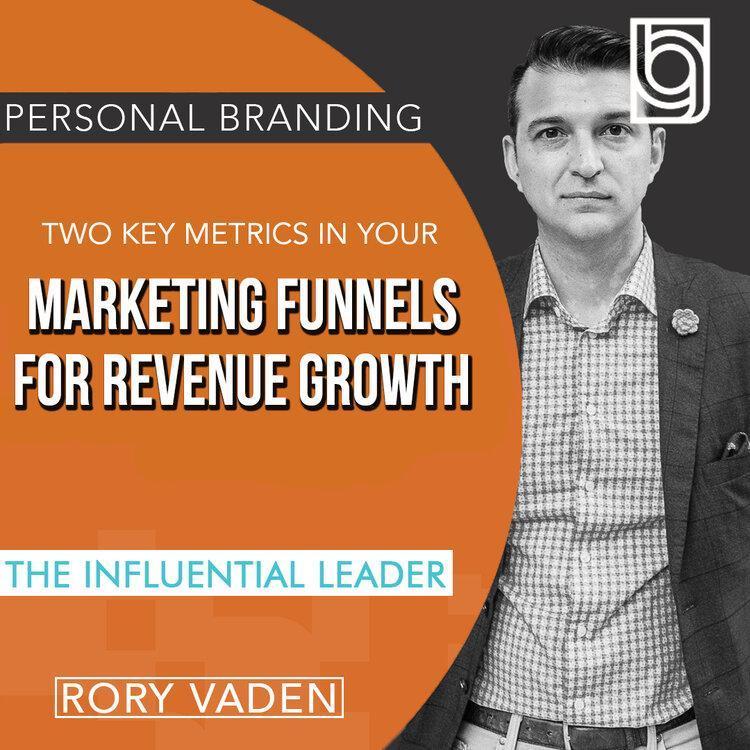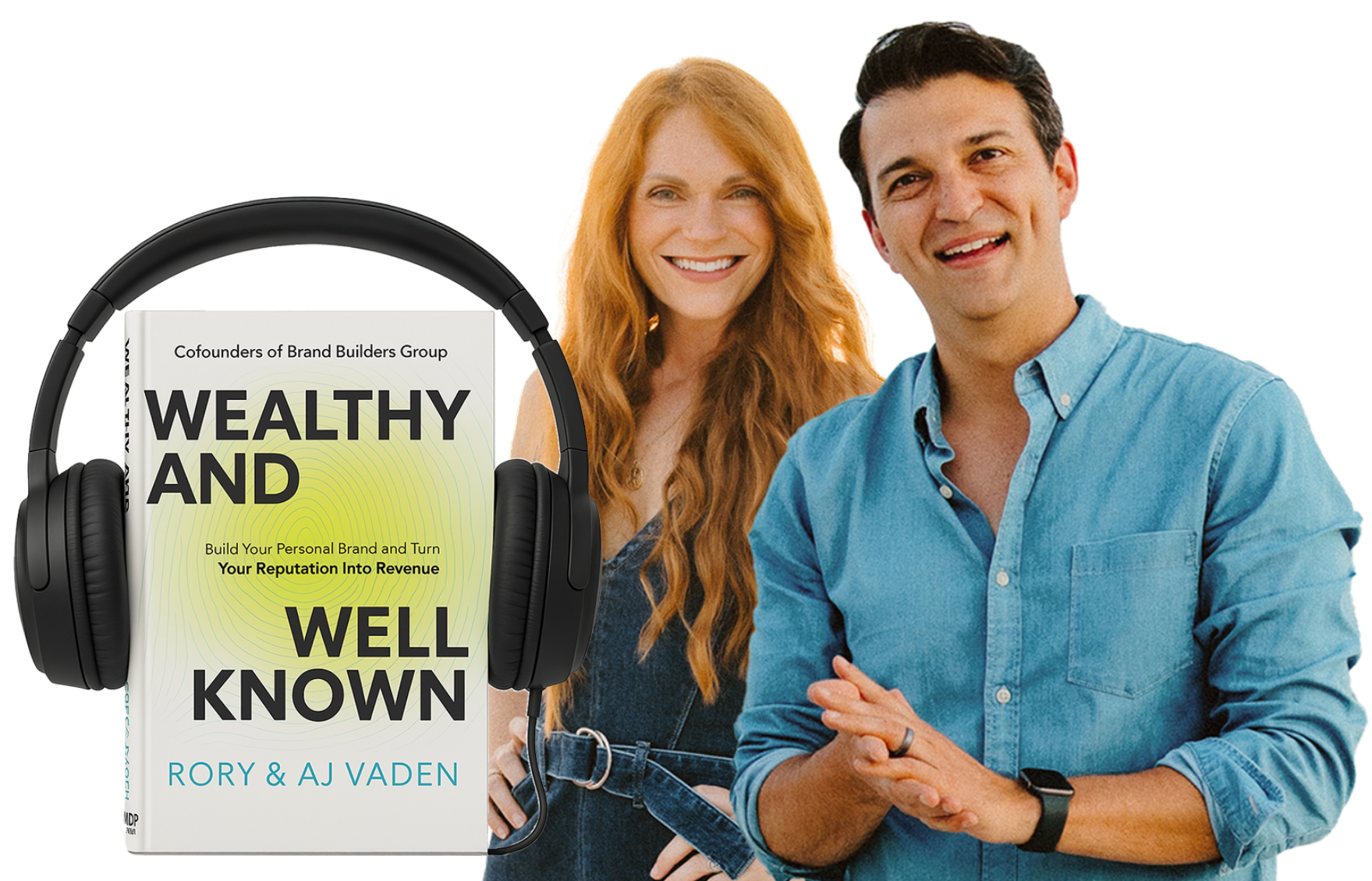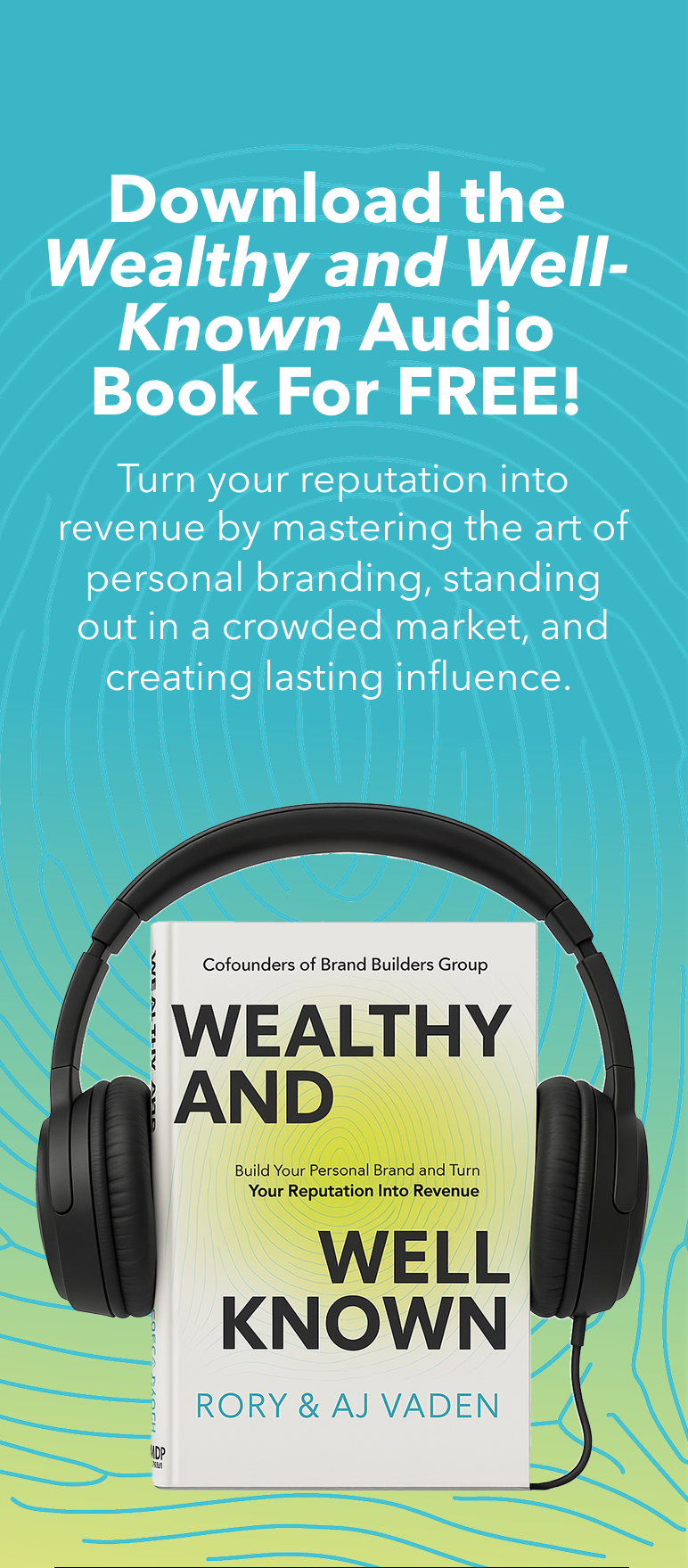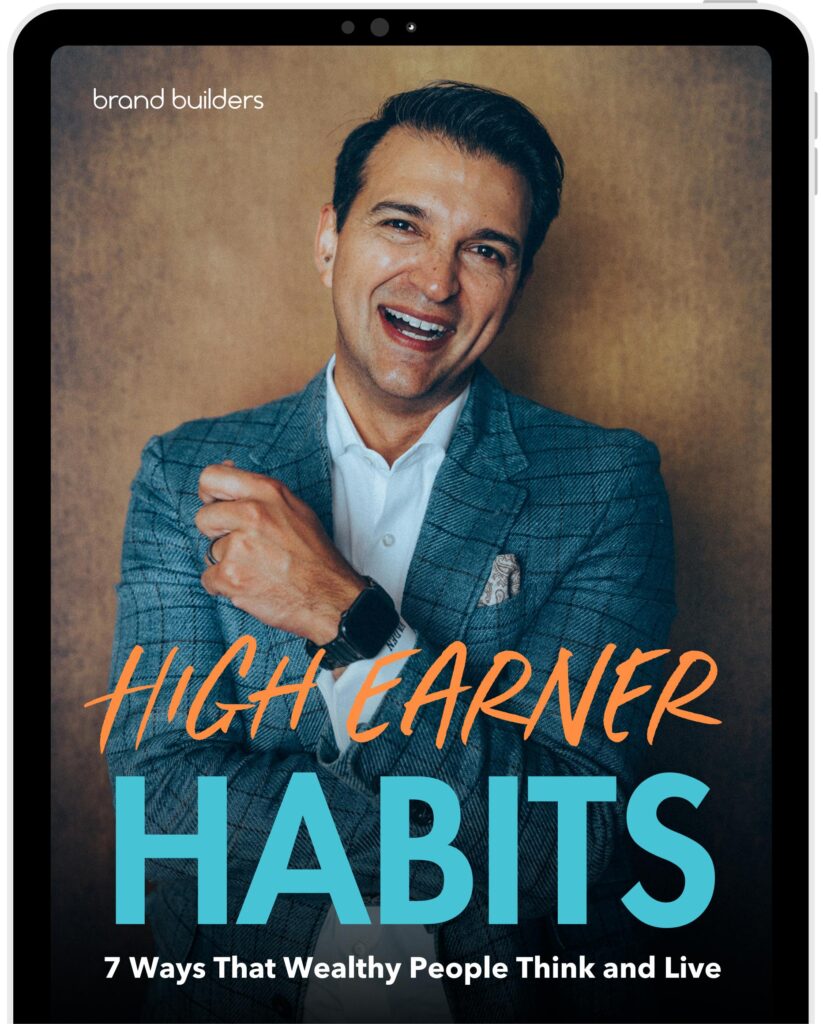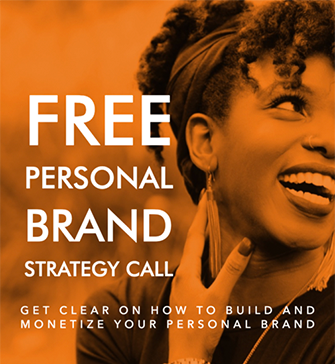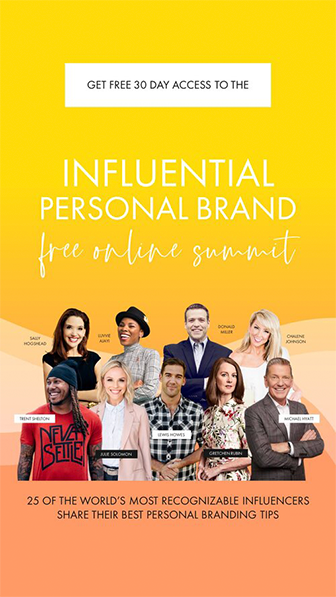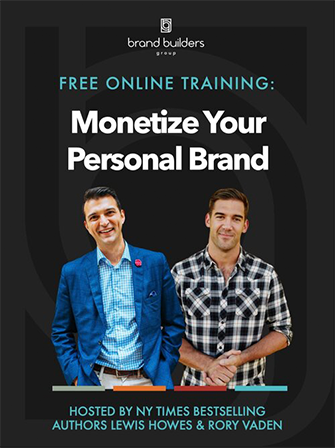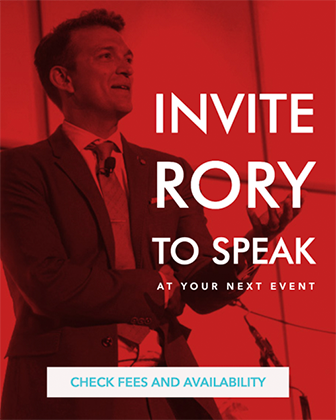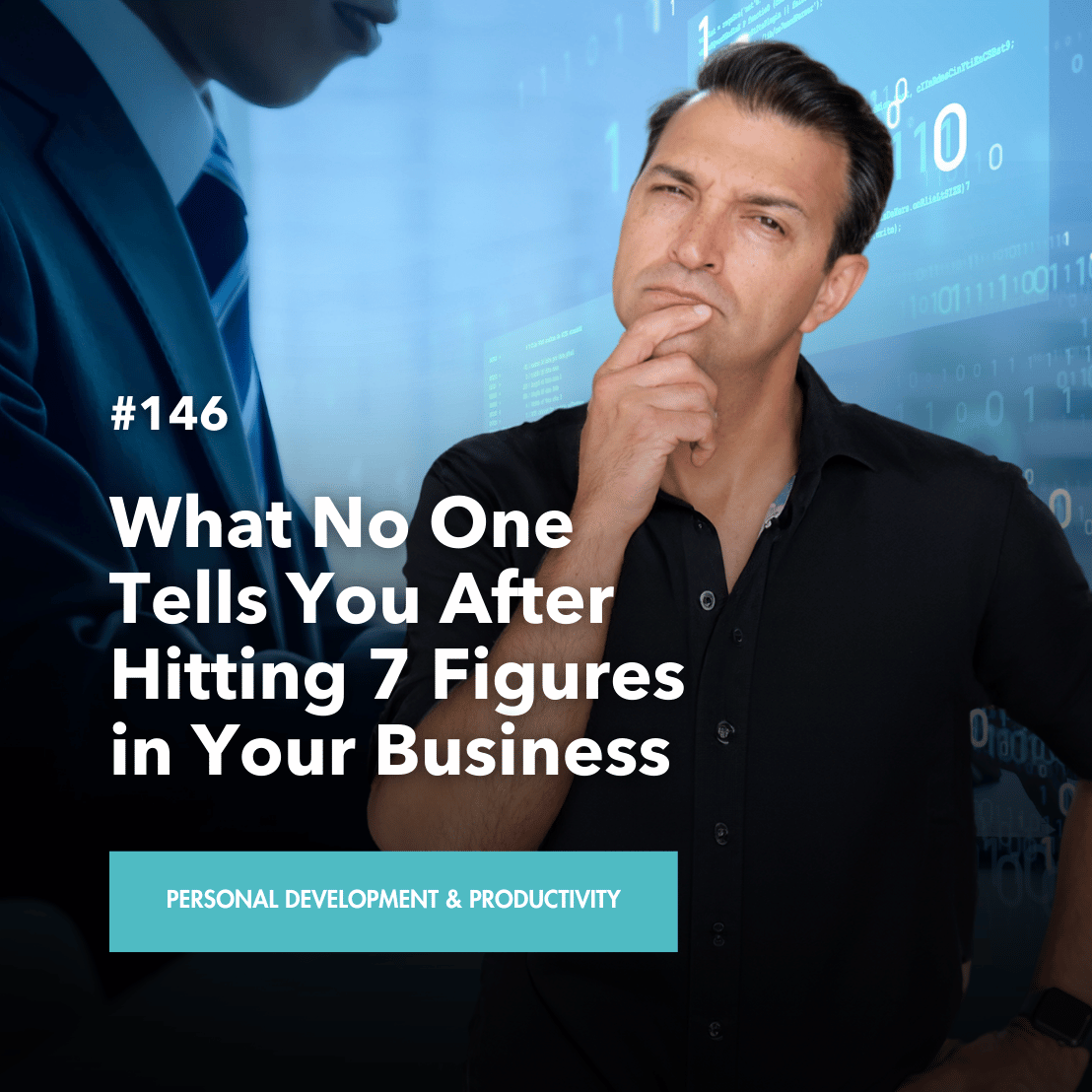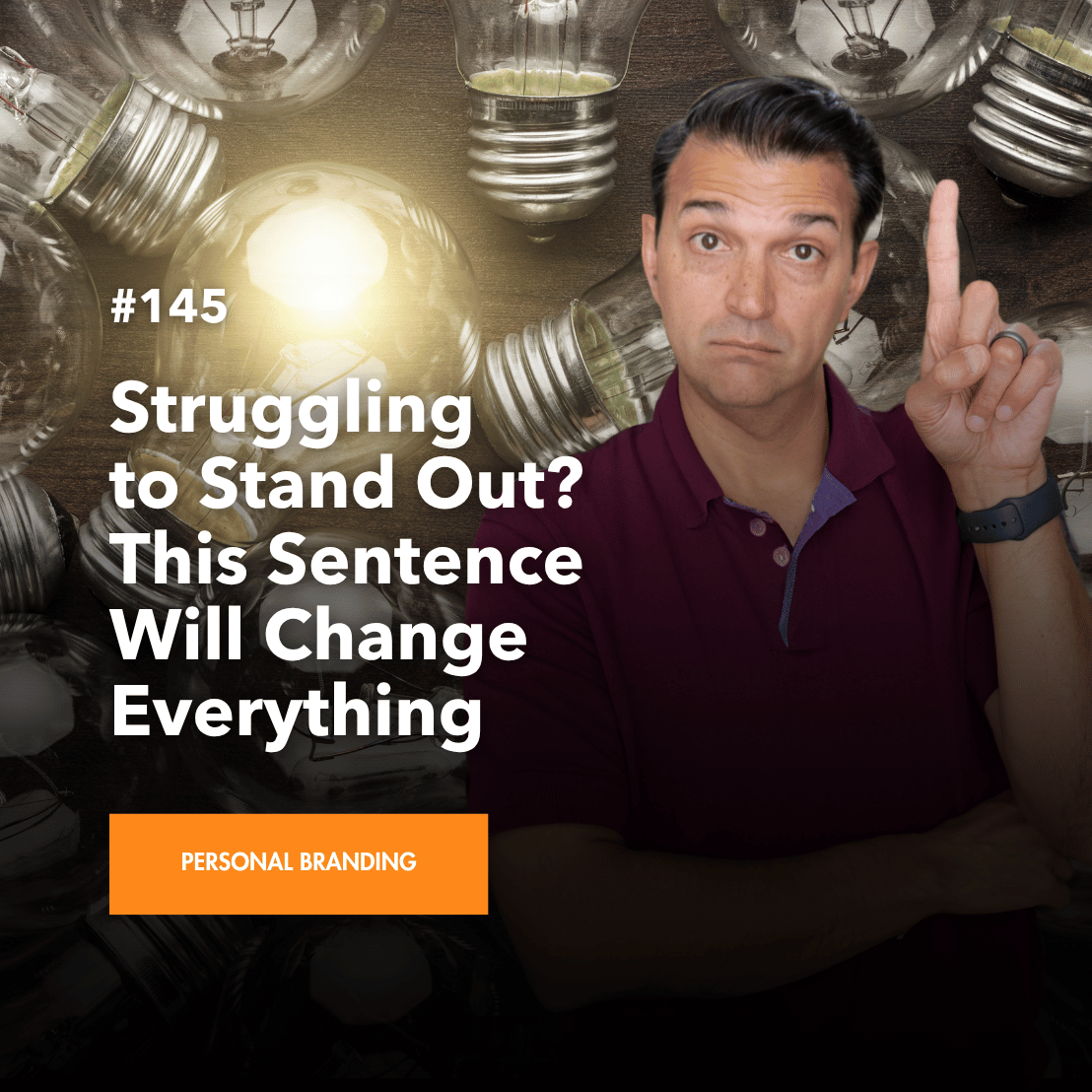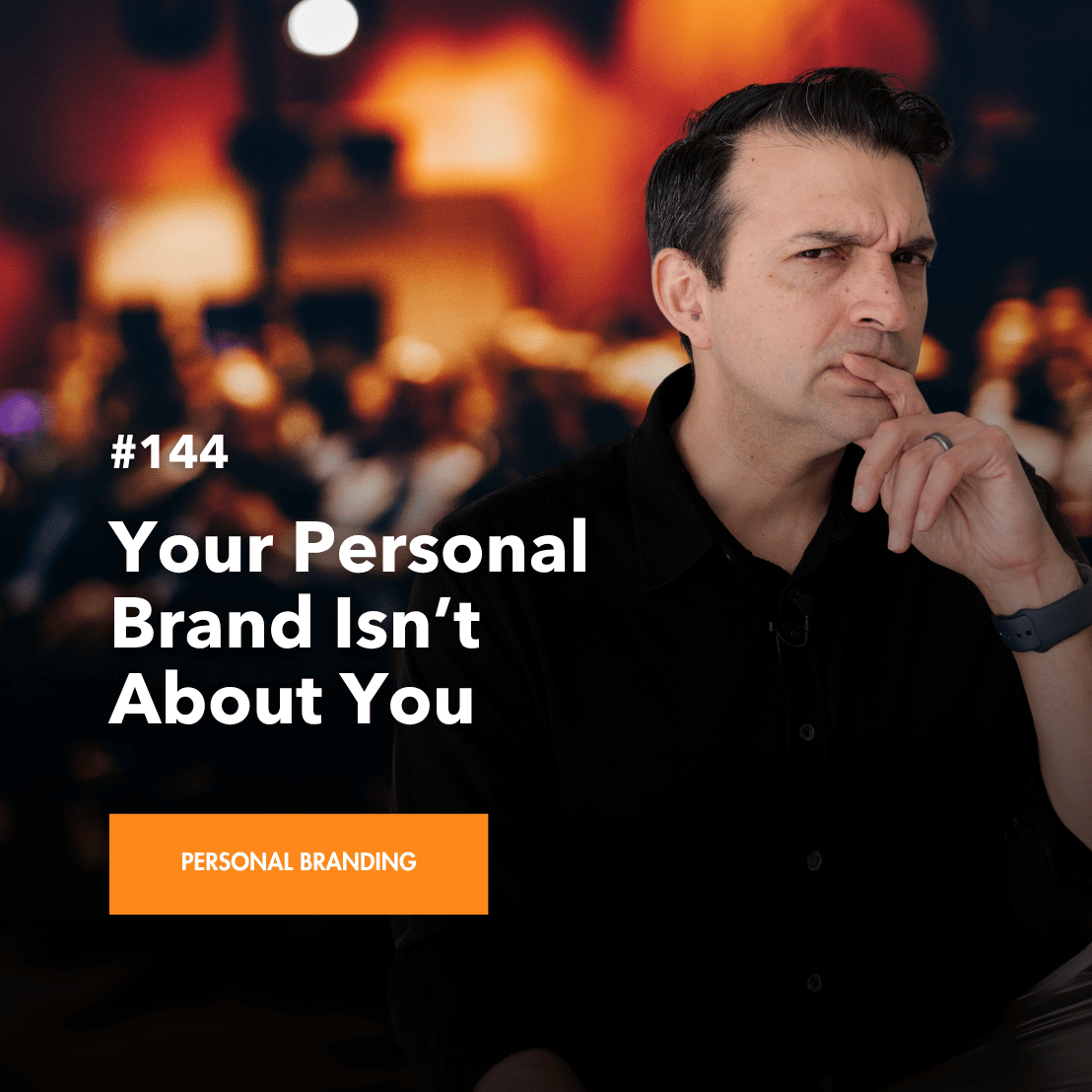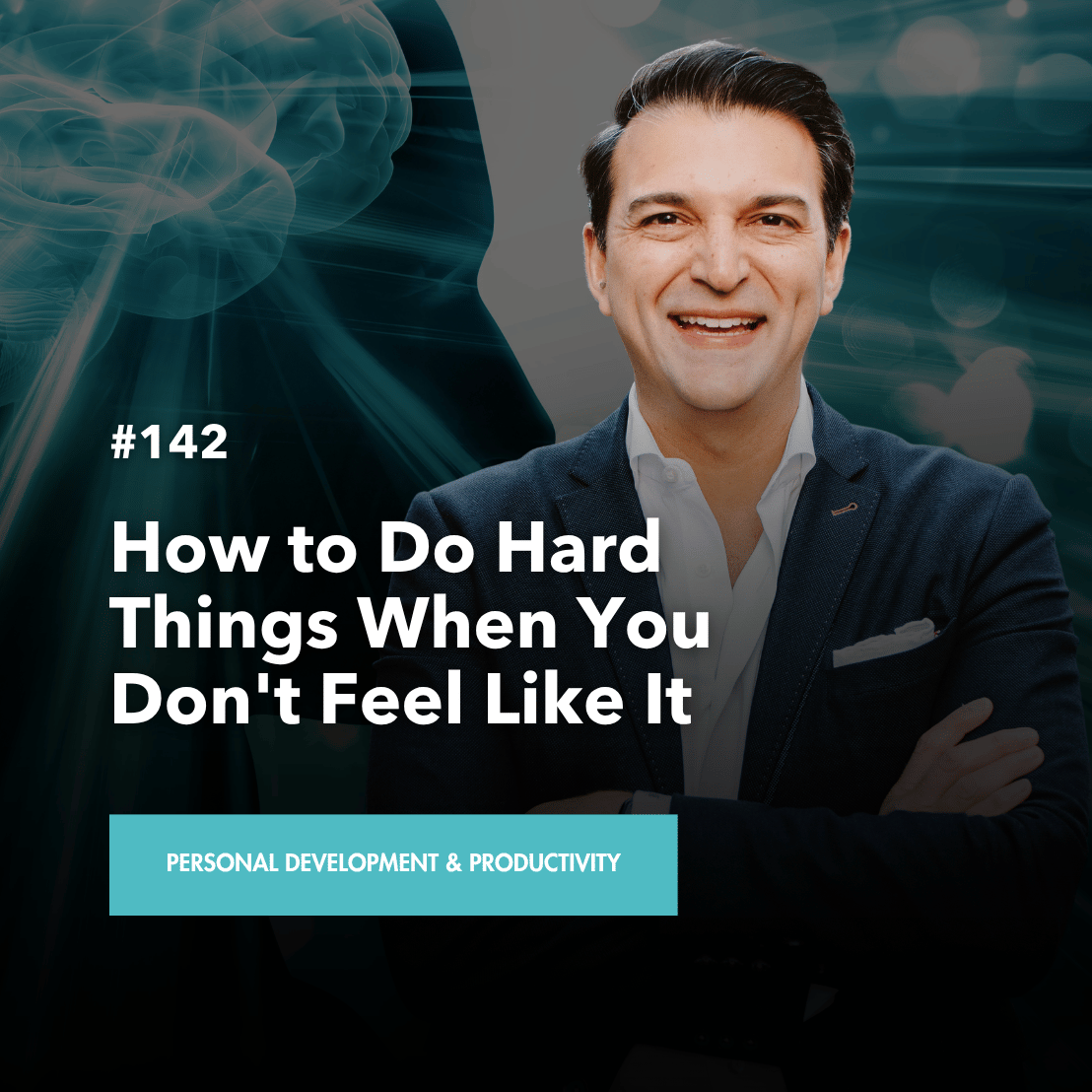Marketing Funnels
How do you know if your marketing funnel is working?
See, this is an important question and I want to share with you the two most important metrics that you need to know to determine if your marketing funnel is working.
First, why does this matter?
Revenue is the lifeblood of any business but before revenue, you must have a lead.
For any business to grow of any size, whether it’s a personal brand or a very large company, you must have several mechanisms in place that is generating leads.
And one of the most modern-day methods for doing that is to use a funnel.
When you hear funnel, don’t get intimidated.
It’s a very simple concept of some automated emails that have links in them that take you to web pages that have videos on them. And you construct it in a way to naturally lead someone to decide. That’s what a funnel is, and we need it to generate leads.
Part of the reason why they’re so powerful is that funnels if they are built properly, allow us to create systematic, scalable growth.
Funnels give us a chance to measure empirically what percentage of people see an impression, right?
Let’s say they see an impression and then they will enter the funnel and then come out the other side as a sale.
And you can monitor all of that.
Once you know what those data points are, then it gives you a predictable formula to justify advertising spend.
Even though we don’t like the idea of having to pay money to drive awareness for our company, the beautiful thing about advertising spend is that it is predictable. It is consistent. It is the only guaranteed form of traffic, which is to spend dollars to create awareness, to put your brand in front of people.
Understanding Data
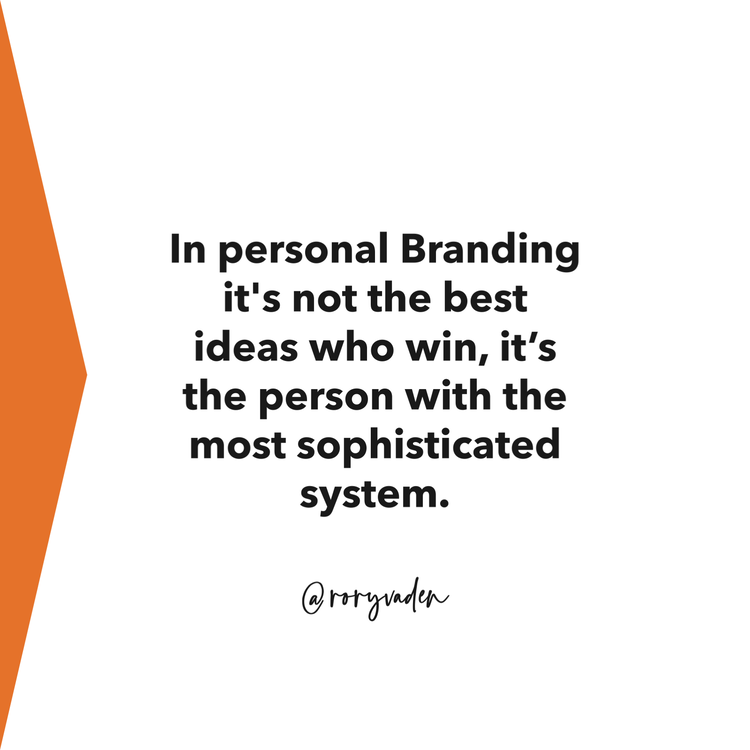
The two metrics that you need to determine how effective your marketing funnel is, are simple.
It is registration page conversion percentage, and funnel conversion percentage.
If you know these two data points and you have tight reporting around them, and then you can do some simple math to reverse engineer to figure out how much you can afford to spend to acquire a customer, and then you can ramp up the ad spend accordingly.
Let me break these two down for you: registration page conversion percentage and funnel conversion percentage.
Let’s look at funnel conversion percentage.
First, the funnel conversion percentage is simple. It’s what percentage of the people that opt into your funnel end up buying. If you have a hundred people that opt-in for free training, and let’s say that ten people ended up buying. That’s ten out of a hundred which is 10%.
Your funnel conversion percentage is 10%. One out of every ten people who opted in ended up buying.
That is the first number that we need to know.
Now, the second big number that we need to know is registration page conversion percentage.
What is the registration page conversion percentage?
There are two metrics here that you divide to get that number. You go at the front of your funnel as a registration page where people sign up or opt-in for your free training, etc. You just simply look at how many visitors have made it to that page and then how many people opted in on that page.
You will pull these numbers from two separate places. One is from Google Analytics (be sure to install Google Analytics on a page to know how many people came to that page). And then, typically, you will have to look into your marketing automation tool to figure out how many people opted in.
And if you divide those two numbers together, it will tell you what your registration page conversion percentage is, which is how many people that came to the page sign up to come into the funnel.
Why does this matter? How do these two numbers work together?
Once you know these two data points, now you can do all the reverse engineering that you need to create a predictable plan to scale up your traffic using paid advertising.
As an example, you’re selling something that costs a thousand dollars. That means every customer is worth a thousand dollars. You now know your funnel conversion percentage is 10% which is one out of every ten people who come into your funnel, are going to buy your thousand-dollar service, product, or widget.
Next, all you must do is divide those two numbers.
It’s a thousand dollars a customer, but if you divide that by the 10% funnel conversion percentage, then that tells you what each registration is worth, right?
Each customer is worth a thousand dollars, but one out of ten people buy, then each registration is worth a hundred dollars due to the calculation of a thousand dollars customer value into a hundred dollars registration value.
That is the first number that you need.
Then you’re going to divide that number by the registration page conversion percentage which will give you another key number here.
Another example: let’s say that my registration page conversion percentage is 25%. I know that every registration is worth a hundred dollars, but only one out of every four people who come to the page register because my registration page conversion percentage is 25%.
Now I just need to divide those two numbers, the hundred-dollar registration value divided by the 25% registration page conversion percentage. This tells me that every visitor to that page is worth $25.
All you need to do is go out and buy traffic for less than $25.
Theoretically, you can buy as much traffic as you want if it’s less than $25.
Because if you do that, you’re going to just drive more people into the front.
It’s just simple math.
It’s just the law of averages that 25% of the people that come to the page will sign up.
Then, one out of ten people who sign up for the funnel is going to become a customer.
That’s it.
Revenue Growth
The real statistic that you’re trying to understand is: “How much can I afford to pay for a click.”
That’s what we’re driving at here with these two numbers.
If know how much I can afford to pay for a click, then I can go out and buy as many clicks as possible if they are less than that number. I can force growth in my business which changes everything.
Even though it’s paid, it’s predictable. Even though it costs money, it’s systematic.
And even though we’re having to spend money, we’re making more money than what we’re spending. I can spend a million dollars on advertising, if I know, as an example, $2 million is coming out the other side.
And to do that, you’ll need to know what your funnel conversion percentage and your registration page conversion percentage are which will help you figure out how much can you afford to pay for a click.
Once you do this, you start to realize that the people or businesses that grow the fastest are not the ones with the best product, necessarily. In the world of personal branding, it’s not the best ideas who win, it’s the people with the most sophisticated system.
The person who can afford to pay the most for the click always wins the click and the person who is willing to pay the most for the click is the one who has the most sophisticated system of knowing what each click is worth to them.
This is an essential and important part of your long-term growth strategy.
It is something that has never existed in this level of granular detail and as it does right now.
No matter what your message is, no matter what your mission is, this is a way for you to predictably go out and reach more people and impact more people to make the world a better place.
